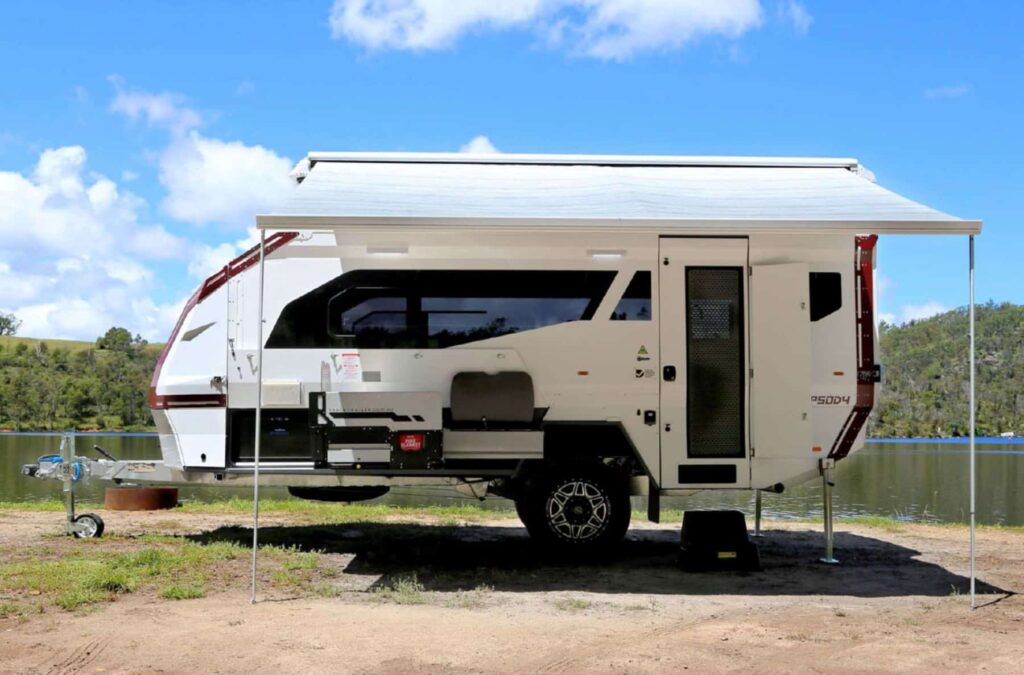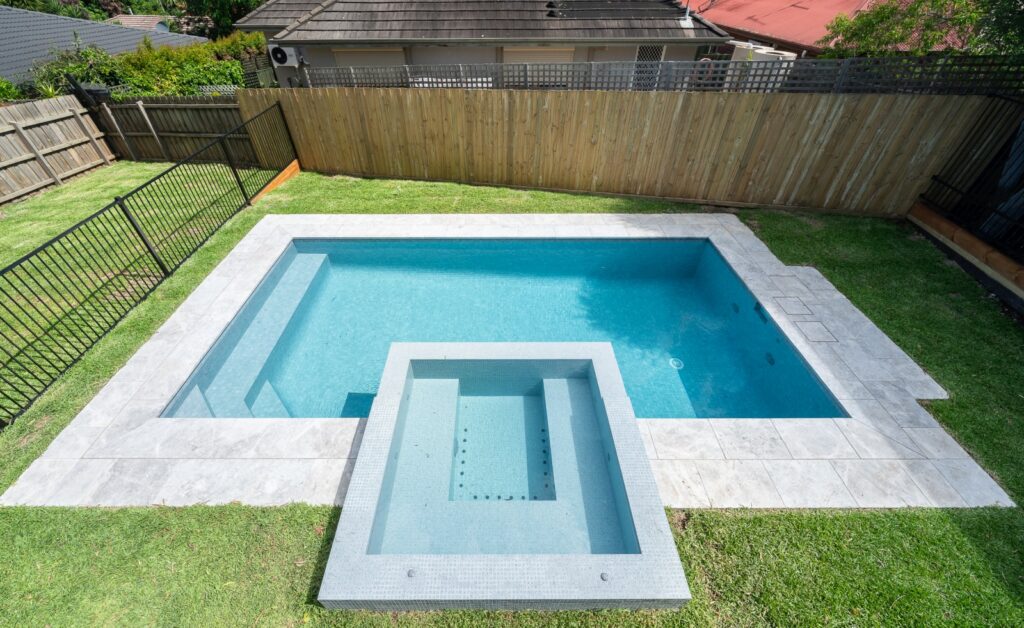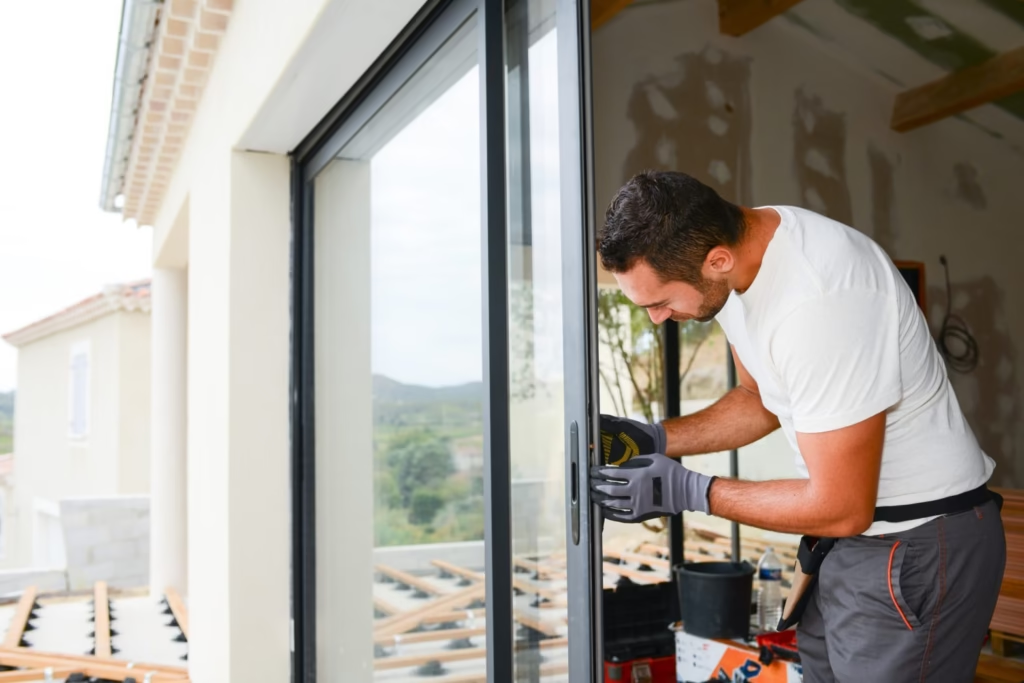Venturing beyond established campgrounds requires specialized equipment that balances comfort with independence from conventional utilities. Finding reliable hybrid caravans suitable for remote exploration presents unique challenges that extend beyond standard recreational vehicle considerations. These purpose-built travel solutions integrate renewable energy systems, water conservation technologies, and rugged construction methods to withstand demanding conditions while minimizing environmental impact. The growing market offers diverse options from compact teardrop designs to expansive expedition platforms—each presenting distinct advantages for different adventure styles—yet identifying truly dependable models demands careful evaluation across multiple performance domains rather than relying solely on manufacturer marketing claims.
Assessing Power Management Systems
A genuinely capable hybrid caravan requires sophisticated energy infrastructure that combines multiple generation sources. Look beyond basic solar setups to evaluate comprehensive systems that include high-efficiency panels (minimum 200W), intelligent MPPT controllers, and lithium iron phosphate batteries offering at least 200Ah capacity. The most robust models incorporate redundant charging methods including vehicle alternator connections and wind turbine compatibility. Pay particular attention to the battery management system—premium units monitor cell balancing, temperature regulation, and provide overcharge protection through sophisticated algorithms rather than basic cut-off circuits. Verify whether essential functions remain operational during extended cloudy periods through auxiliary power options like fuel cells or efficient generators with automatic start capabilities.
Evaluating Water Management Capacity
True off-grid independence demands thoughtful water system design extending beyond simple tank capacity. Assess filtration capabilities—multi-stage systems incorporating sediment filters, activated carbon, and ceramic elements enable safe utilization of natural water sources when required. Progressive models now include greywater processing systems that treat shower and sink discharge for secondary uses like toilet flushing. Examine tank placement for gravity-fed backup operation and freeze protection measures for cold-weather adventures. The most innovative designs incorporate atmospheric water harvesting technology drawing moisture from humid air, providing supplemental water in suitable climates without requiring natural source access.
Scrutinizing Chassis and Suspension Design
Off-grid travel frequently involves challenging terrain requiring purpose-engineered foundations rather than modified road caravans. Independently suspended coil spring systems with heavy-duty shock absorbers offer superior articulation compared to leaf spring designs. Hot-dipped galvanized chassis members provide lasting corrosion resistance beyond painted surfaces, while laser-cut and robot-welded frames demonstrate precision manufacturing that prevents stress fractures during extended rough travel. Critical attachment points should feature reinforcement plates rather than simple welded joints, particularly where suspension components meet the frame. Examine ground clearance not just as a single measurement but throughout the entire undercarriage, noting potential hang-up points on cross-members or tanks.
Analyzing Construction Methods and Materials
Remote travel creates unique structural demands requiring construction techniques beyond standard recreational vehicles. Composite sandwich panels utilizing aluminum facings with closed-cell foam cores deliver superior insulation while minimizing condensation compared to traditional timber-framed walls. Examine corner joining methods—caravans using aluminum extrusions with internal strengthening gussets demonstrate superior longevity compared to silicone-dependent systems. Check roof construction carefully; one-piece molded fiberglass prevents leakage issues common at panel joints. Progressive manufacturers employ aircraft-grade rivets and vibration-resistant fastening systems rather than standard screws that loosen during extended travel on corrugated surfaces.
Verifying Climate Control Capabilities
Effective thermal management enables year-round adventuring across diverse environments. Beyond basic insulation R-values, evaluate specialized features like thermal break technologies that prevent conductive heat transfer through metal components. Advanced models incorporate multi-zone heating systems using diesel-fired hydronic units that provide efficient space heating while simultaneously generating hot water. Summer comfort demands both passive and active cooling strategies—look for strategically placed windows enabling cross-ventilation, supplemented by roof vents with automatic rain sensors and low-draw 12V fans. The most sophisticated designs include underfloor insulation with reflective barriers specifically engineered to minimize heat absorption from sun-baked ground during desert camping.
Investigating Self-Sufficiency Features
Genuine off-grid capability extends beyond basic utilities to include comprehensive self-reliance systems. Evaluate food storage options including dual-zone refrigeration with separate freezer compartments and vacuum-insulated drawers minimizing power consumption during stationary periods. Communication infrastructure should include signal boosting technology for mobile reception and satellite connectivity options for truly remote regions. Premium models incorporate maintenance-friendly design elements like accessible plumbing manifolds, modular electrical systems with clearly labeled circuits, and onboard tool storage specifically configured for field repairs. The most forward-thinking manufacturers provide detailed documentation including circuit diagrams, parts lists, and video tutorials enabling owner servicing when professional assistance remains unavailable.






